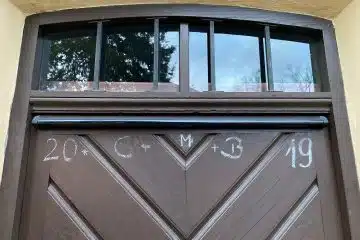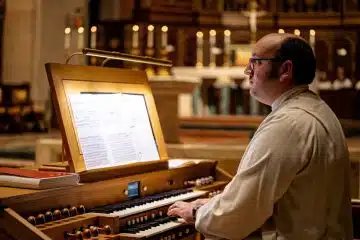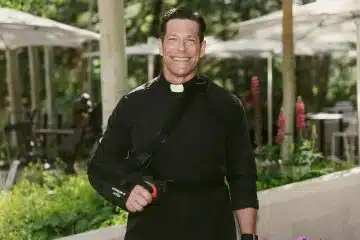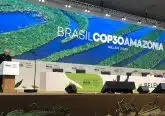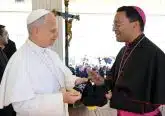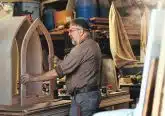Care for Creation
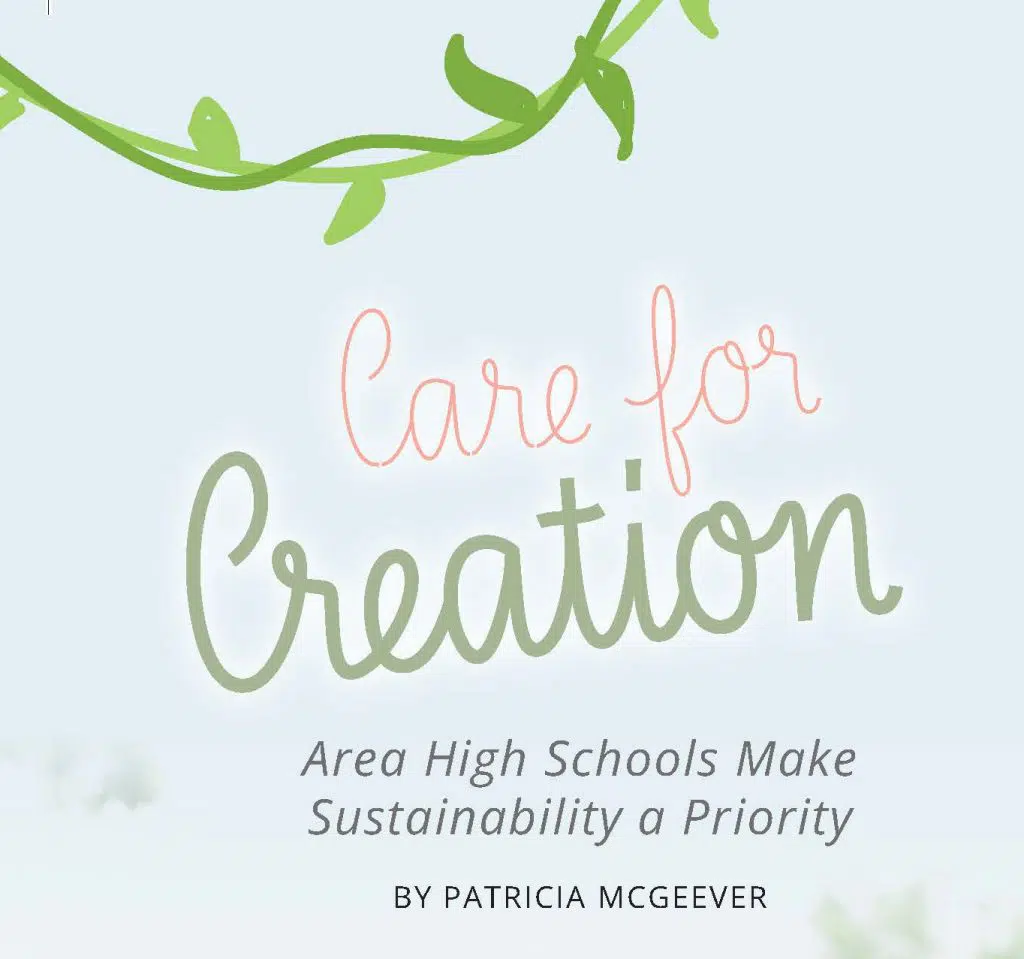
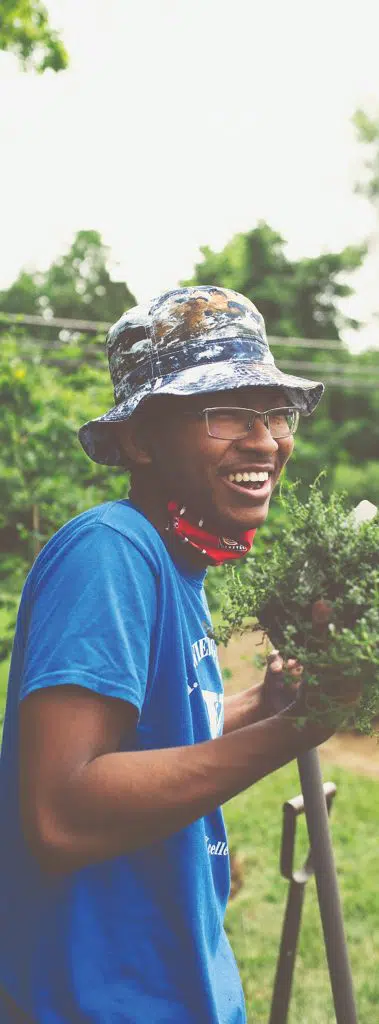 Planting a garden that attracts bees, drinking fair trade coffee and using refillable water bottles are simple ways to live and practice our Catholic faith. In his encyclical, Laudato si, Pope Francis calls all of us to take better care of our “common home,” and Laudato si high schools are leading the way in answering this call.
Planting a garden that attracts bees, drinking fair trade coffee and using refillable water bottles are simple ways to live and practice our Catholic faith. In his encyclical, Laudato si, Pope Francis calls all of us to take better care of our “common home,” and Laudato si high schools are leading the way in answering this call.
“I think there’s this myth that taking care of the environment is about ‘saving the environment,’” said Mark Simcoe, a science teacher at St. Ursula Academy. “We’re actually trying to save the humans, save civilization, by creating a sustainable society. That’s why it fits right in with the basis of Catholic teaching, taking care of one another.”
SUSTAINABILITY AT ST. URSULA ACADEMY
Simcoe also moderates St. Ursula’s Earth Club and Green Team. The all-girl high school launched an effort to reduce, re-use and recycle by reducing their lunch facility’s accumulated trash. The students collect recyclables and reuse plates, cups, bowls and silverware. Their efforts decreased the cafeteria’s filled garbage bags from 15 a day to just two. Additional changes initiated by students include composting food waste, selling Fair Trade coffee, wearing Fair Trade uniforms and planting a vegetable garden to donate produce to ministries.
“St. Ursula actually cares about what we’re leaving behind,” said Sophomore Reese Pettway. “They just don’t care about the students’ education. They care about giving us something to fight for and something we can believe in.”
PLANETEERS AT ROGER BACON
Roger Bacon High School’s Planeteer group has focused on caring for the earth for more than 15 years. “As a Franciscan school, stewardship is very much a key value we hold pretty closely,” said Assistant Principal Paul Zlatic, the Planeteers’ moderator.
Recycling and composting occur in the school cafeteria, with some food waste donated to feed chickens in the community. Roger Bacon also has a cell phone recycling program with the Cincinnati Zoo, as well as programs to recycle batteries and dry erase markers.
“More than anything, outside of student involvement, it’s become something that’s on the radar in our decision-making process,” said Zlatic. “LED lighting, more efficient heating and cooling, windows that have been completely replaced. There’s a financial benefit.”
Environmentally friendly design is considered for every new project.
CARE FOR CREATION AT ST. XAVIER
At St. Xavier High School (St. X), care for creation grew from recycling and more responsible water use inside the school to ecology and biodiversity efforts outside of it. “We’re fortunate to have 100 acres of property and that includes a large forested section,” said Meg Shaughnessy, biology and environmental science teacher at St. X.
Once a month students remove invasive plants, like honeysuckle, and plant native species and maintain a trail on the property. “We are looking now to extend that trail,” said Shaughnessy. “We have also added multiple pollinator habitats on campus. An area that was just grass before, now has this whole variety of plants, insects and birds that it’s attracting. We added two honeybee colonies.”
The school added classes that focus on nature or environmental justice and offers nature-themed campus ministry retreats, such as kayaking, biking, hiking and fishing. Shaughnessy says it’s important for students to feel a connection to nature so they can appreciate and want to preserve it.
“It’s a lot more than groundskeeping,” said St. X Junior, Sam Warren. “At St. X we’re being raised to be the leaders of tomorrow. Being a leader of tomorrow involves being stewards of the earth.”
LAUDATO SI SCHOOLS
Each school earned the distinction and title of “Laudato si’ School” from the Archdiocese of Cincinnati. Laudato Si has seven goals: respond to the cry of the earth and the cry of the poor; adopt simple lifestyles; advance ecological economies, education and spirituality; and engage the community. Simply put, it means defending all human life, working toward renewable energy, creating less pollution, connecting with nature and learning how our everyday habits impact the world – to ensure that impact is a positive one. The plan calls for action in families, parishes, schools, hospitals, businesses, organizations and religious orders.
To date, two dozen schools, parishes and groups are recognized as Laudato si’ communities. Many others are on the path. The Catholic Social Action Office of the archdiocese can help those wanting to get started.
This article appeared in the January 2022 edition of The Catholic Telegraph Magazine. For your complimentary subscription, click here.





